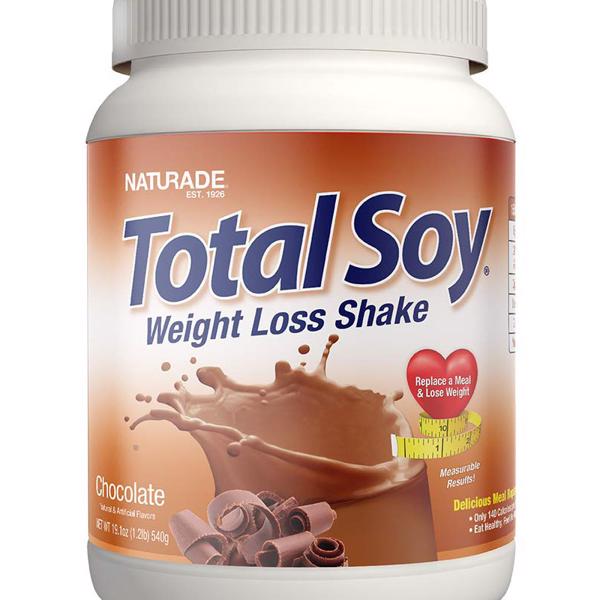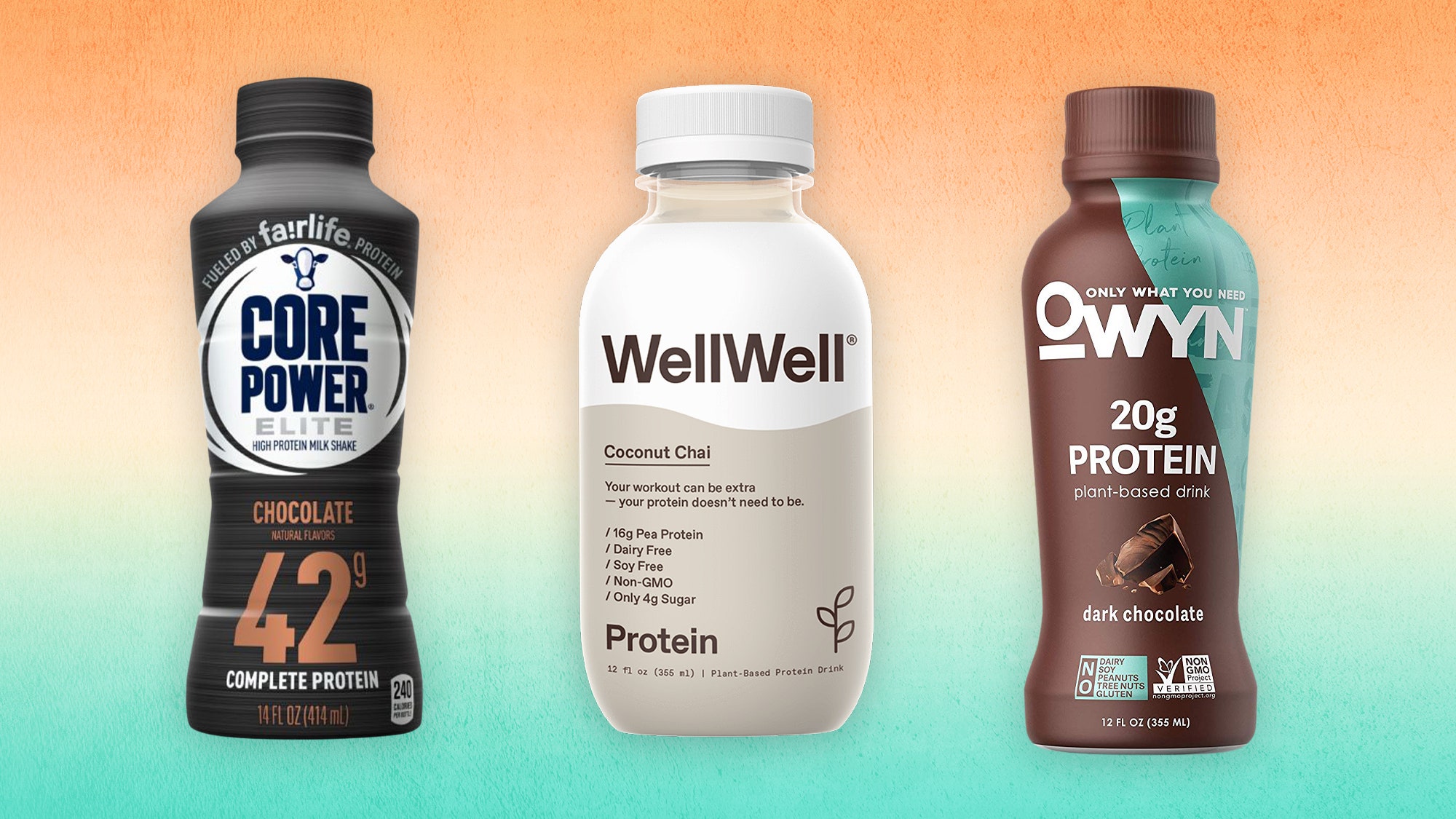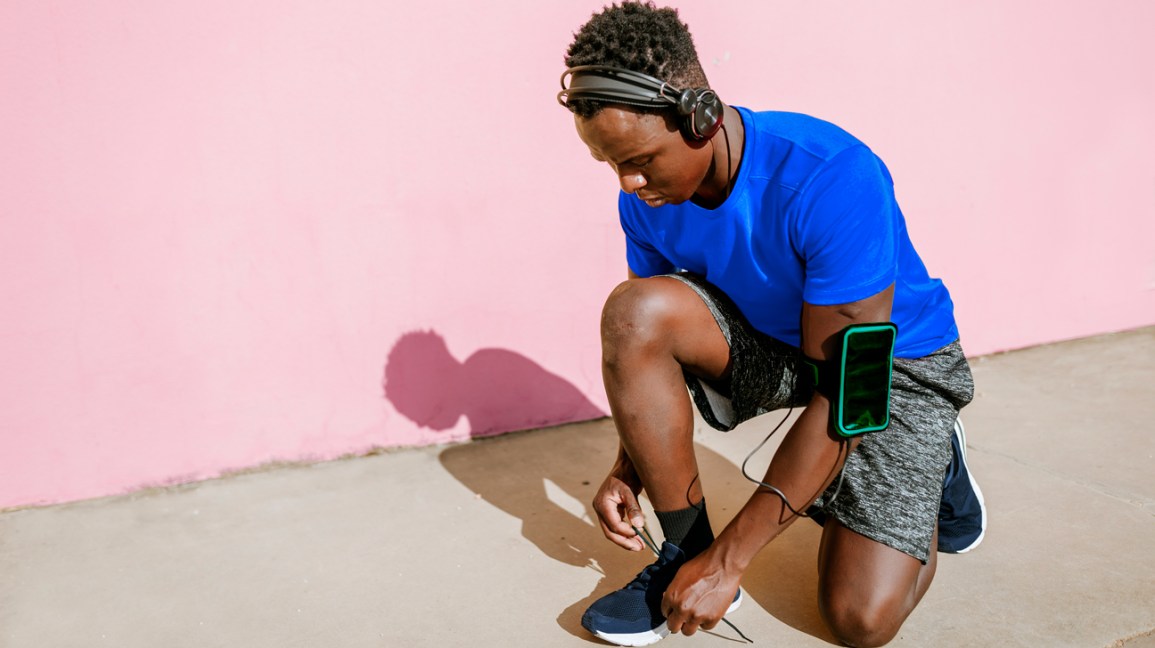
You should target diastasisrecti to get you back into core exercise. You will be required to hold the side plank position while your forearms are against a wall. Shoulder retractions can also be used. After two counts, alternate sides. This gentle workout will strengthen your upper muscles and prevent diastasisrecti.
Plank
Planks can help you get your core back into shape after giving birth. While planks can be challenging to master, they will help you strengthen your abdominal muscles as well as your back. Planks will also help you strengthen your core connection. This is vital for post-partum workouts.
Planks require you to engage all of your abdominal muscles and have strong balance and coordination. They tone your lower back. A celebrity fitness coach and Zumba influencer, Sucheta Pal, has shared 3 different plank moves for new moms that will help them strengthen their core muscles.
Side plank leg lift
Side plank legs lifts are great for strengthening the pelvic floor muscles and gluteus muscles after birth. Consult your doctor before beginning any exercise routine. Some exercises can be painful and uncomfortable after pregnancy. You should avoid forward-flexion-based exercises as they will increase stress on your pelvic floor and aggravate diastasis recti.

Side plank leg lifting is a great exercise that can be done soon after you have given birth. This move strengthens the gluteus muscles, core muscles, and obliques. This move is good for your posture and will help strengthen your core muscles.
Kegel exercises
Kegel exercises are a great option for strengthening your pelvic floor muscles after a baby. These exercises were developed by Arnold Kegel in 1940 and are a popular option for uterine prolapse and urinary incontinence. Kegels can also be used to prevent problems with your pelvis.
Kegel exercises can be used to strengthen the pelvic floor muscles. They can be done at home and should not be completed after 24 hours. Begin by lying flat on your back. Keep your knees bent, your feet shoulder-width apart. Hold the position for three to ten counts, then go back.
Walking
Walking is a great option to start exercising again after a pregnancy. Begin with walking with a stroller and gradually increase your intensity. Before engaging in strenuous activities, women should consult their doctor. After a c-section delivery, a woman should wait at the least 12 weeks before she begins any strenuous exercise. Also, women should wait until bleeding stops and her postnatal checkup is complete to avoid high-impact sports like swimming and heavy lifting.
Walking is a great option for many moms after childbirth or pregnancy. Even though you don't need to run, a walk around the neighborhood can help boost your mood. Walking can be accompanied by simple exercises that will help you regain strength, balance, flexibility and mobility. Another option is to do a breastfeeding stretch. This will open your chest and neck muscles. You can hold the stretch for ten second, then go back and repeat it five more times.

Yoga
Although it's a joyful and exciting time in your life. However, pregnancy can be stressful. You may find it difficult to complete daily tasks after giving birth. Yoga can help. Before you begin yoga classes, wait at least six to eight months after your birth. Your body is not in the same shape it was before having a baby.
Yoga can be used to strengthen and tone the body. Yoga prevents the muscles and ligaments from being stretched too much. Yoga also helps new moms bond and strengthen their relationships with their children. Even if your child isn't there, yoga can help you get outside your home, let go of stress, and bond together with your partner.
FAQ
What's the difference between intermittent fasting versus calorie restriction
Calorie restriction means eating less calories than your body requires. Intermittent Fasting is different in that it doesn't restrict calories. Rather, it focuses on eating fewer calories throughout the day.
Intermittent Fasting is more efficient because you can enjoy the foods you love without feeling guilty.
Both methods have their merits and weaknesses. Therefore, you need to decide whether you prefer one method over another.
How much weight can you lose in one week?
The amount of weight you can lose depends on your current body fat percentage. The first thing to do is to calculate how much weight you want to lose and then find out what your BMI (Body Mass Index) is. Your BMI is a measure of how much weight you need to lose. If your BMI is 25 or greater, you're overweight. If your BMI is 30 or higher, you're obese.
For example, if 200 pounds is your BMI, it would be 28.7. To reach a healthy weight, you would need to lose 70 pounds. To see if you're overweight, visit www.healthyminds.com/bmi/.
Once you know your BMI, you can use this formula to figure out how many pounds you'll lose per week:
(Your Goal Weight - Current Weight)/BMI * 7 Number Of Pounds Lost Per Week
If you want to lose 50 pounds in one month, you'd need 2 weeks' worth of exercise, which equals 56 days, divided by 7 pounds lost per day. This equates to an average of 8.3lbs per week.
You could also try this calculator from www.weightlosscalculator.net. It provides an estimate of the number of calories you should consume each day to lose 12 pound per week.
What foods will help me lose weight more quickly?
By eating less calories, you can lose weight quicker. You have two options:
-
Reduce the amount of calories you consume daily.
-
Physical activity can help you to burn more calories.
Reducing the number of calories you eat is easier said than done. There are calorie-laden fast food options all around us. But, here's a list of foods that will help you shed those extra pounds.
-
Beans are rich sources of fiber, protein, and other nutrients. They have almost no fat making them an excellent choice for dieters looking to reduce their caloric intake.
-
Oatmeal has low calories, but high levels of nutrients such as magnesium and potassium. Oatmeal has less sugar than other cereals.
-
Eggs contain high levels of protein and cholesterol. Consuming eggs at least once a week can increase your metabolism and help you burn more calories.
-
Whole grain bread may help you feel fuller, longer.
-
Dark chocolate is rich in antioxidants and flavonoids. These substances have been shown to improve heart health and lower blood pressure.
-
Cottage cheese is high-in calcium, which can help build strong bones. It is also rich in vitamin D, which increases immunity.
-
Salmon is high in omega-3 fatty oils, which are good for brain development and heart health.
-
Green tea is rich in catechins, compounds which fight cancer and increase metabolism.
-
Broccoli is an excellent source of folic acids, which helps to lower homocysteine levels. High homocysteine levels have been associated with an increased risk of stroke and heart disease.
-
Yogurt is a wonderful way to get probiotics into your diet, without having to consume a lot of added sugars. Probiotics play an important role in digestive health.
-
Berries can be a healthy snack choice that tastes great and is very nutritious. All fruits, including blackberries, blueberries, raspberries, raspberries, cranberries and strawberries, are rich in vitamins and minerals.
-
Avocados are bursting with healthy fats. A half avocado has 80 calories but plenty of filling fiber.
-
Nuts can be enjoyed as a snack, but they are also rich in protein. Almonds, cashews, hazelnuts, pecans, walnuts, and pistachios are all great choices.
-
Sweet potatoes are another starchy vegetables that are high in beta carotene. They make your skin glow. The orange variety is particularly beneficial because they contain higher amounts of beta carotene than regular sweet potatoes.
What can I eat while on intermittent fasting in order to lose weight?
To lose weight, the best thing to do is cut back on carbs. That means cutting out bread, pasta, rice, potatoes, and other carbohydrate-based food.
Because it makes you feel fuller, you'll want to limit your intake of protein. So you won’t feel hungry nearly as often.
Instead, focus on foods that contain healthy fats, such as olive oil, avocado, nuts, and seeds. These foods keep you satisfied even after hours of eating.
It is important to drink enough water. Water can help you lose fat by keeping you hydrated.
It is possible that you will find yourself craving these foods while you are fasting. This doesn't mean that you must give in to your cravings. You might gain more weight if you do.
You can avoid overeating by being mindful of how much water you consume each day. If you feel hungry, drink water and not reach for another snack.
This might sound counterintuitive, but it's actually been proven to help you slim down. A study published in Obesity found that participants ate fewer calories when they drank plain water than sugary drinks.
Additionally, plain water can help reduce hunger pangs. You can lose weight by avoiding sweetened drinks and sticking to water.
To lose weight, you don’t have to count calories or restrict certain foods. Focus instead on small changes in your lifestyle.
Start by switching your regular breakfast sandwich for a bowl oatmeal. Alternately, you can swap your afternoon cookie with a piece de fruit.
These easy swaps can add up and help you lose weight without spending hours in the kitchen.
How do I lose weight
Many people want to lose weight. People desire to lose weight because they want to live longer, feel healthier, and live longer. There are many ways to lose weight. Cardio training, strength training yoga, pilates running, swimming and cycling are just a few of the options. Each type of exercise has its own benefits and drawbacks. If you are looking to burn calories, walking is your best choice. If you want to build muscle mass and burn calories, however, lifting weights is the best option. This article will explain how to lose fat and what exercise to do.
It is important to determine what type of diet you should follow when you want to lose weight. You don't necessarily need to eat less food; rather, you just need to eat fewer processed foods and avoid junk food. Aim to consume no less than 2200 calories each day. You can lose weight quicker if you reduce your calorie intake. You will lose fat faster this way.
Get active if you want fast weight loss. Exercise can help you lose calories and speed up your metabolism. It is important to combine exercise with healthy eating habits in order to effectively lose weight. You'll lose more energy by exercising, so you'll be unable to eat as many calories. If you work out regularly, you will notice that your body starts burning fat faster than before. Regular exercise is a great way to keep fit and healthy. They can help you keep fit and prevent conditions such as heart disease, diabetes, hypertension and obesity.
Walking is a great way to exercise. Walking can burn around 500 calories an hour. You can burn about 1500 calories if you walk for 30 minutes each day. This will result in a loss of 1 pound per week. You can also run for 10 minutes or jog. Running burns around 1000 calories per hour. You should run 20 minutes each day if your goal is to lose five pounds in just three weeks.
In conclusion, the best way to lose weight is to combine exercise with healthy eating habits. You should find a balance of these two elements.
How Much Exercise is Required to Lose Weight?
Many factors influence how much exercise is needed to lose weight, such as age, gender, body size, and weight. Most people require at most 30 minutes of moderate physical activity five times per week.
The American College of Sports Medicine recommends that you do 150 minutes of moderate intensity aerobic activity per week. This should be spread over three days.
If you are trying to lose 10 pounds, 300 minutes of moderate intensity exercise per week is a good goal. This includes activities such swimming laps (brisk walking), biking, dancing and playing tennis.
Consider doing 20 minutes of vigorous exercise thrice a week if you are just starting out. This could be lifting weights, sprinting, jumping rope, and fast walking.
Aerobic exercise helps to build muscle mass and burn calories. Muscle burns more calories per calorie than fat. Building muscle and losing weight can help you reach your goals faster.
Can I eat fruits during intermittent fasting?
Fruits are great for you. They are full of vitamins, minerals as well as fiber, antioxidants and other nutrients. They also contain sugar, which can lead to blood glucose levels rising. This can lead to insulin resistance and weight gain. If you're looking to lose weight with an IF diet then you should choose fruits that are low in glycemic.
Statistics
- According to Harvard Health, it's estimated that a 155-pound (70-kg) person burns around 167 calories per 30 minutes of walking at a moderate pace of 4 mph (6.4 km/h) (5). (healthline.com)
- A 12-week study in 20 women with obesity found that walking for 50–70 minutes 3 times per week reduced body fat and waist circumference by an average of 1.5% and 1.1 inches (2.8 cm), respectively (healthline.com)
- One study in 9 active men found that HIIT burned 25–30% more calories per minute than other types of exercises, including weight training, cycling, and running on a treadmill (18Trusted Source (healthline.com)
- According to a study sponsored by the American Council on Exercise, a person weighing around 140 pounds (64 kg) would burn 108 calories at a 30-minute beginner's Pilates class or 168 calories at an advanced class of the same duration (26). (healthline.com)
External Links
How To
How to quickly lose belly weight?
You need to realize that losing belly fat can be difficult. It takes effort and dedication. You will see results if these tips are followed.
-
Healthy Food Healthy food is important. You should eat fruits, vegetables, whole grain, lean protein, nuts, seeds and legumes as well as fish, poultry and eggs. Avoid junk food.
-
Drink Water. Drinking water keeps your body hydrated, making you feel full and satisfied for longer periods. Get plenty of water every single day.
-
Cardio exercises are a great way to burn calories and build muscle mass. Cardio exercises can help you lose more calories and increase muscle mass. Cardio exercises can also increase your heart health, and speed up metabolism. Cardio exercise should be done for 30 minutes each day.
-
Get enough sleep. Sleep is crucial for maintaining good health. Lack of sleep causes stress and anxiety, which leads to unhealthy habits like overeating and smoking.
-
Reduce Stress Levels. Stress can have a negative impact on our brain chemistry, and hormone levels. When we are stressed, our bodies produce cortisol, a hormone that increases hunger pangs and cravings for high-calorie foods.
-
Regular breaks are important. Regular breaks are important throughout the day. Get outside to take a walk, or take some time to rest. This will allow your body and mind to rest and recuperate.
-
Avoid Alcohol Consumption. Avoid alcohol consumption. It is high in empty calories and slows down your digestion. Avoid alcohol if you are trying to lose belly weight.
-
Have fun!